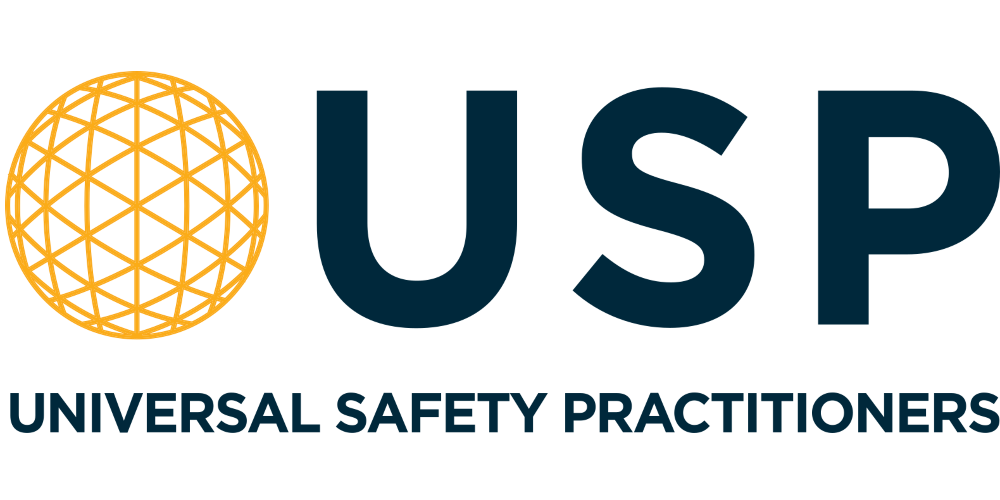Coronavirus Making the Workplace Secure


As an employer, there are undoubtedly many questions being asked when it comes to making the workplace secure in the wake of Covid-19. Should we be sending our employees back into the office? If yes, how to do so safely? There have so far been over 40,000 confirmed deaths in the UK alone, which tells us enough about how seriously employers need to take the matter (check out the government dashboard for up-to-date Covid numbers here). So, we’ve answered some of the key questions many employers have about managing workplace risks and making the workplace secure for a return to work during the Covid-19 pandemic.
How do I control coronavirus spread and infection in the workplace?
A huge step towards managing workplace risks after the Covid pandemic revolves around minimising transmission of the virus. Hygiene and sanitisation are absolutely key. Make sure you read the latest government advice and understand the current best practices, which include the below:
- Promoting the correct hand washing technique by use of posters ad signage which are made visible around the office for employees to see
- Providing hand sanitiser in all washrooms along with other significant areas and locations around the office
- Proper instruction as to toilet usage in order to ensure social distancing is maintained as well as possible throughout the day
- Regular cleaning and wiping down of all surfaces, especially those in communal areas – desks, kitchen tops, door handles and stair rails in particular
- More frequent waste and rubbish removal – daily if possible
- Promoting healthy ventilation by opening windows and doors, only when it’s safe to do so
Read more about cleaning protocols for the office here.
What’s the process for employees who have been overseas?
The advice for overseas travellers returning to the UK is constantly changing, so it’s important to stay on top of the latest by clicking this link to GOV UK and checking the current advice. If you have an employee who’s recently been abroad, it’s important to follow all advice, for instance ensuring that they quarantine for the 14-day period if it’s required.
During this time, employees can work from home if it’s safe to facilitate this whilst complying to the latest Covid travel advice. Managing workplace risks does mean those within the office, but quarantining doesn’t mean that employees are unable to work entirely; just not within the office, where they’re going to come into contact with other individuals either on the way to or at work.
Circumstances change every day, so with managing workplace risks at the forefront of your priorities, make sure you check in regularly.
Do I need to have employees maintain social distancing in the workplace?
In a word, yes; wherever it’s possible to do so. Maintaining social distance means ensuring there’s at least 2 metres of space between each employee, whether that’s moving around the office or sat at their place of work. These measures are put in place to minimise the risk of spread between colleagues, and will go a long way to managing workplace risk with regard to transmission. Consider placing floor markers, arrows and signage to encourage employees to keep their distance, take designated routes around the office and stay within the correct space to help maintain social distancing in the workplace.
Where it isn’t possible to create physical space around employees, many have taken the route of placing physical barriers – plexiglass screens, sneeze guards and the like – to reduce the ability for air-borne particles to circulate between employees.
Managing workplace risks; keeping our employees safe
For more general information and guidance on managing workplace risks post-Covid, visit GOV UK and learn more about government guidelines specific to your own industry. For a thorough workplace risk assessment, or simply to talk more about taking your employees back to work and securing the workplace further, don’t hesitate to get in touch with our expert health and safety team today on 01903 529 401.
